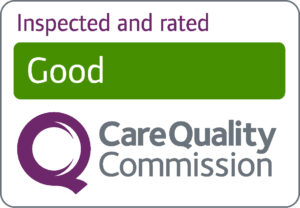How the hospital recovery starts
We have added two sections below that we hope you will find helpful to support your rehabilitation. The first section provides some of our approved and recommended websites that help you to explore the topic further. Read our guidance about what the site link contains to decide if this will be helpful to you. If it is then, please click on the link. Remember it will open in a new tab on your web browser, so you can toggle between these advisory sites and our main web page.




